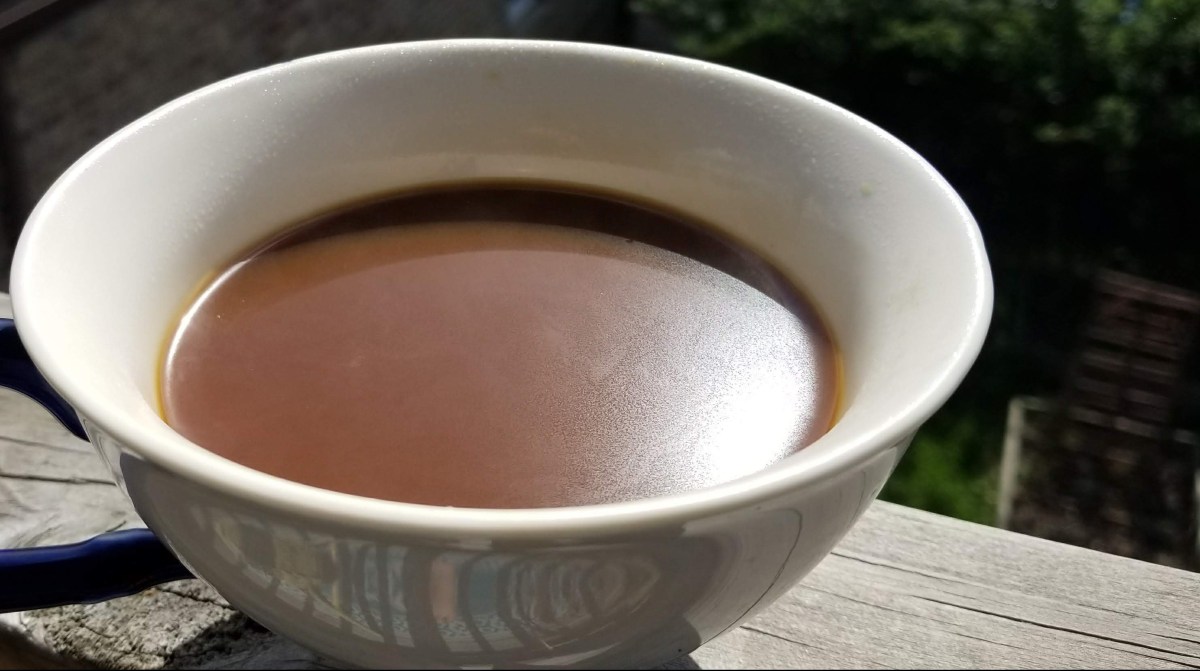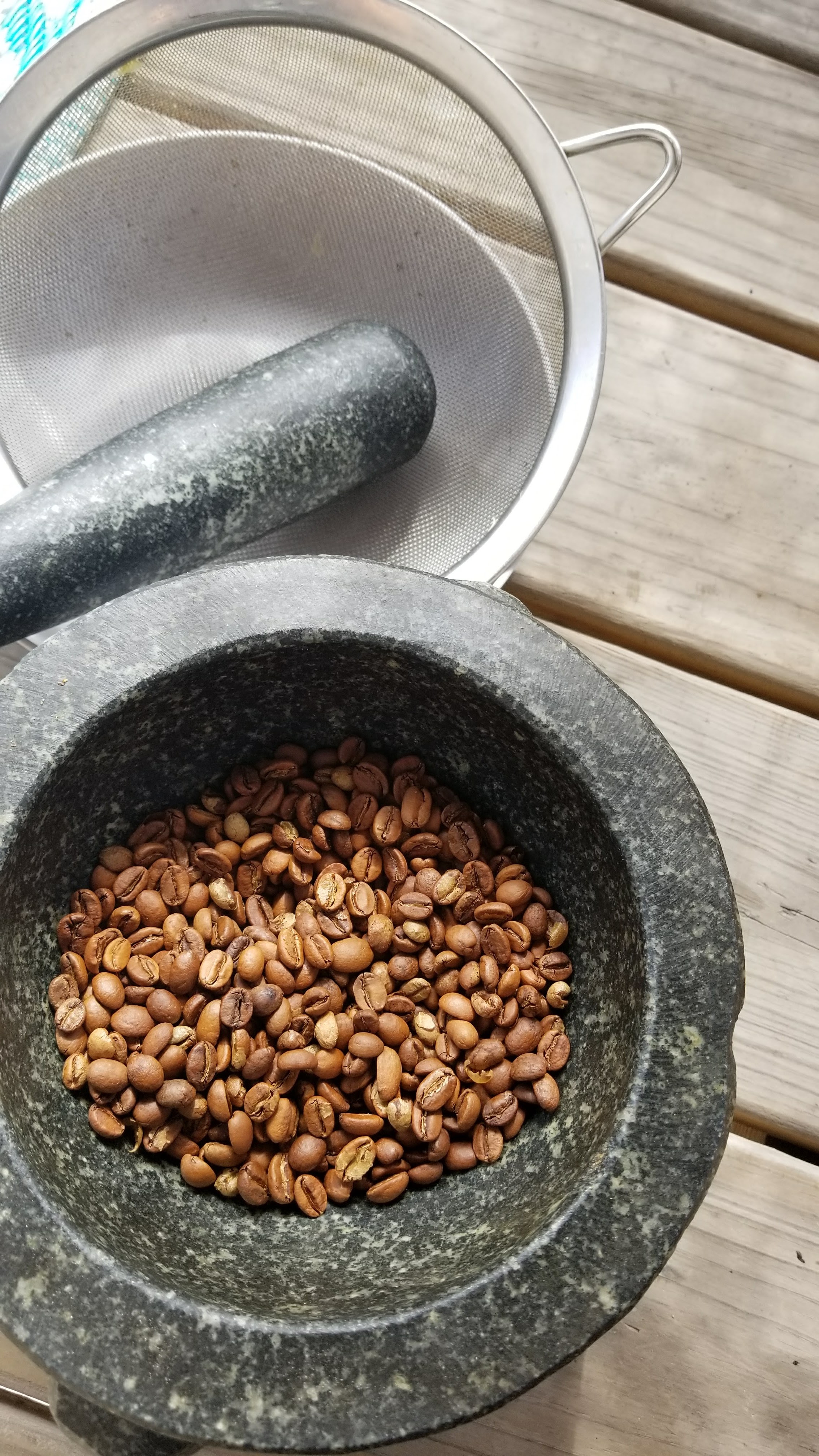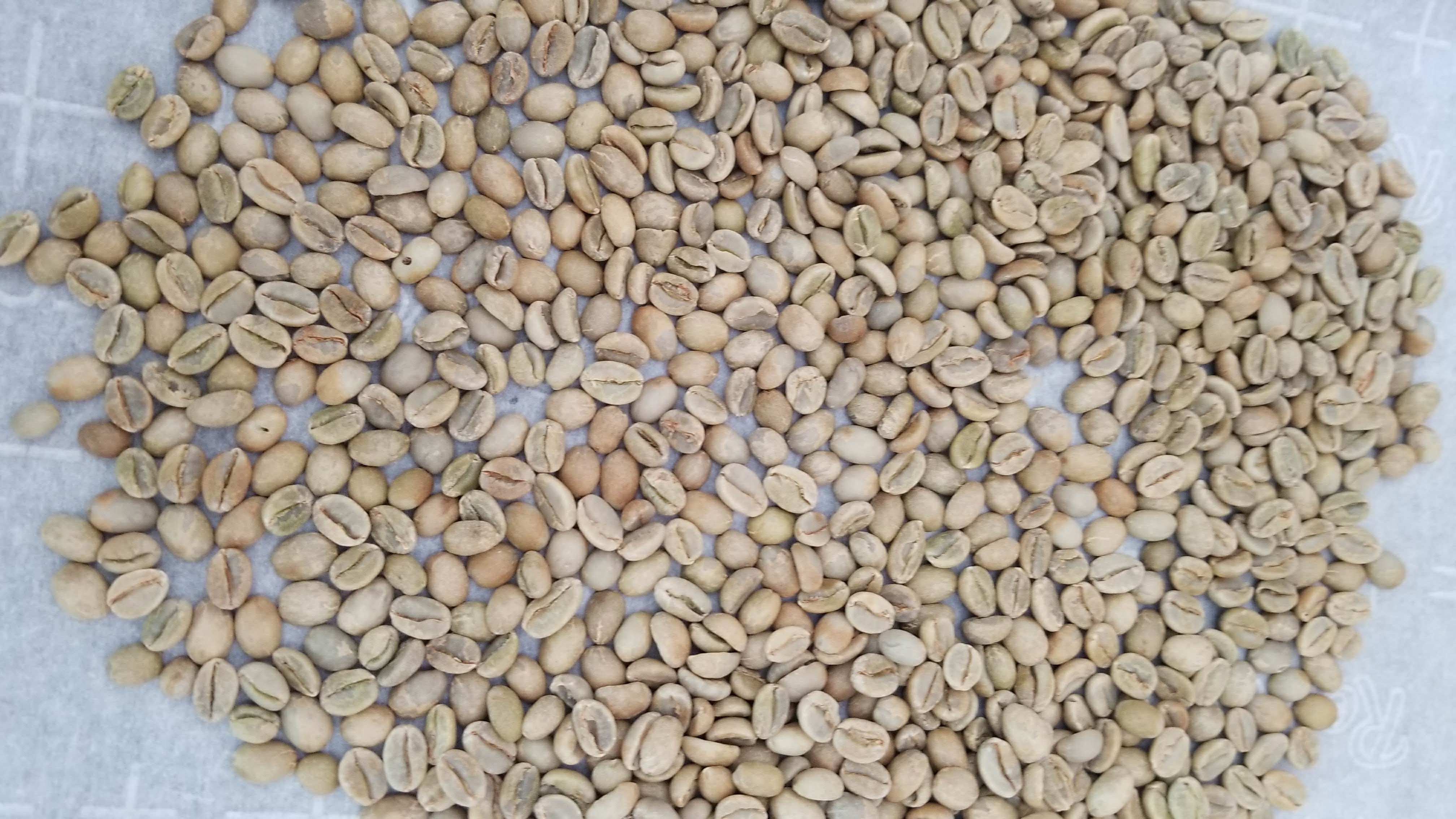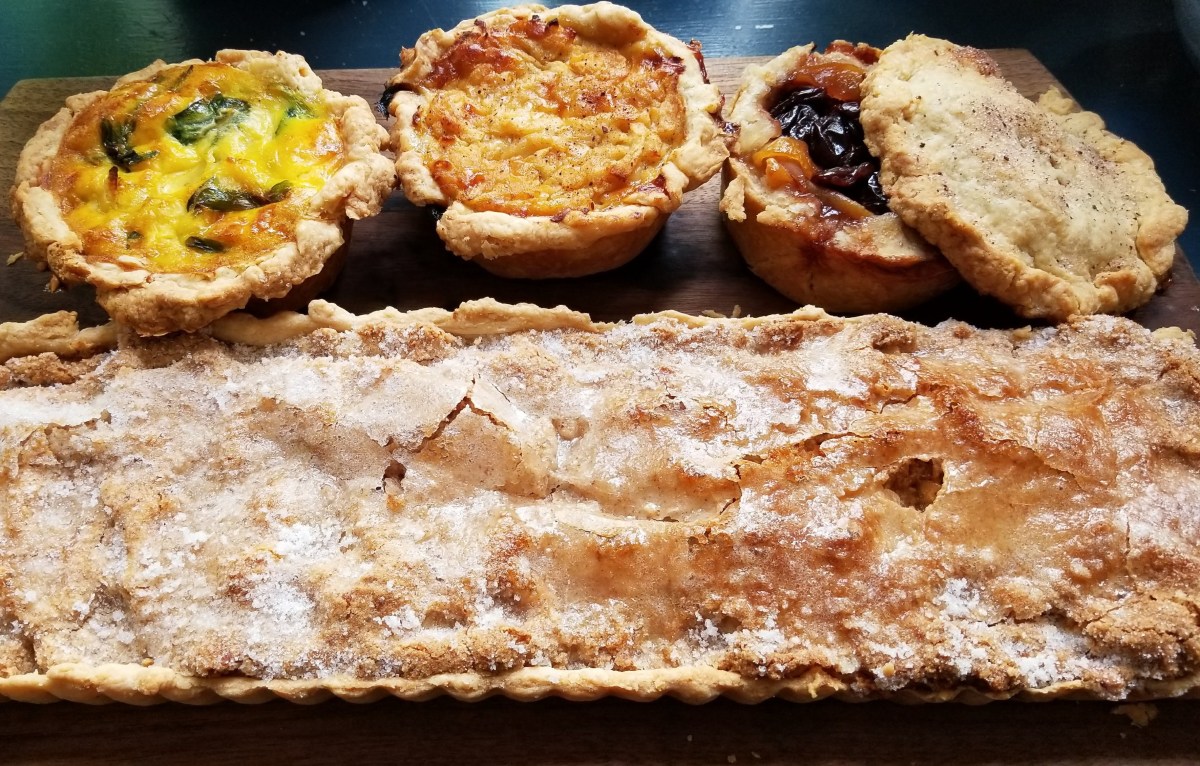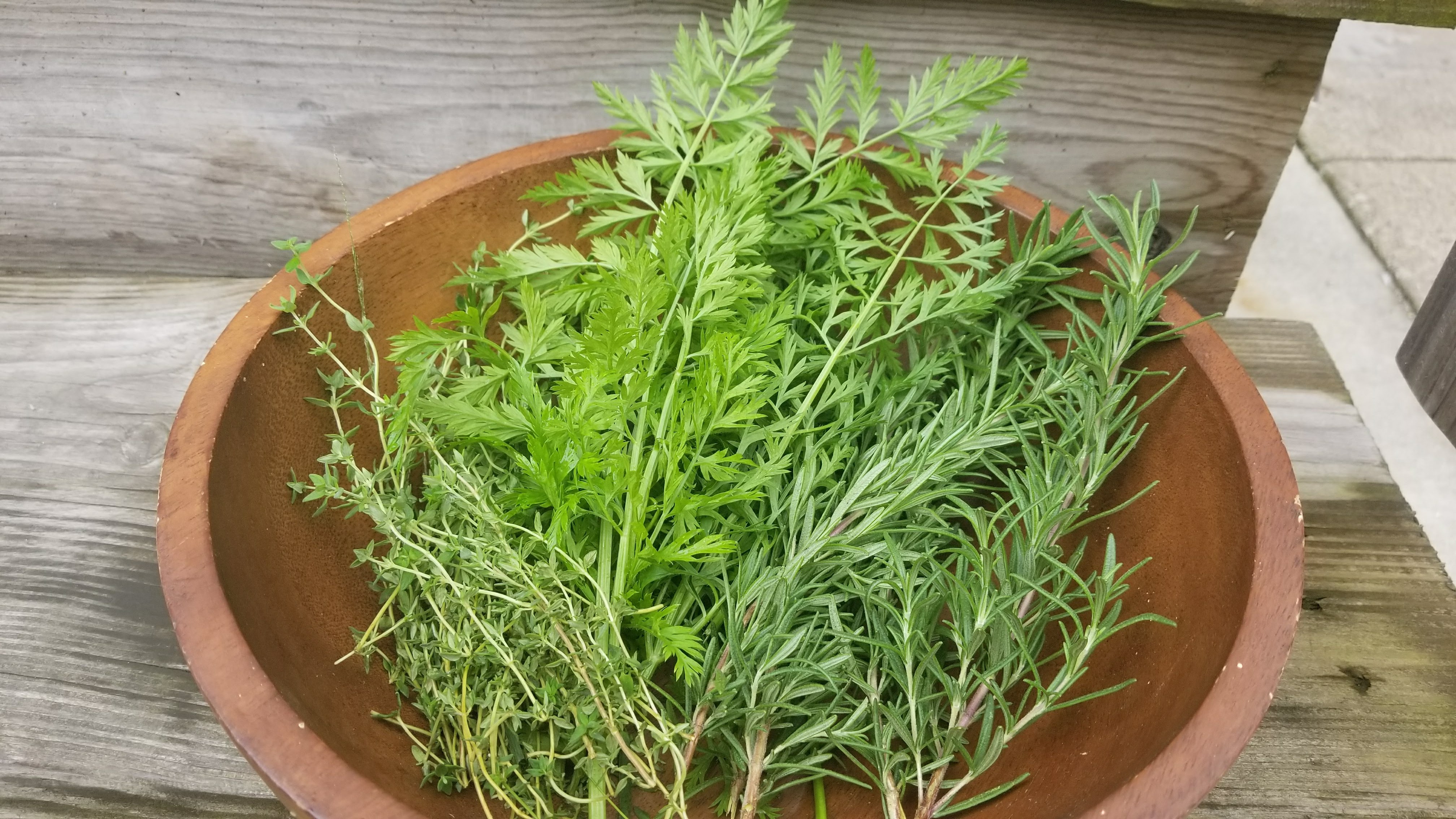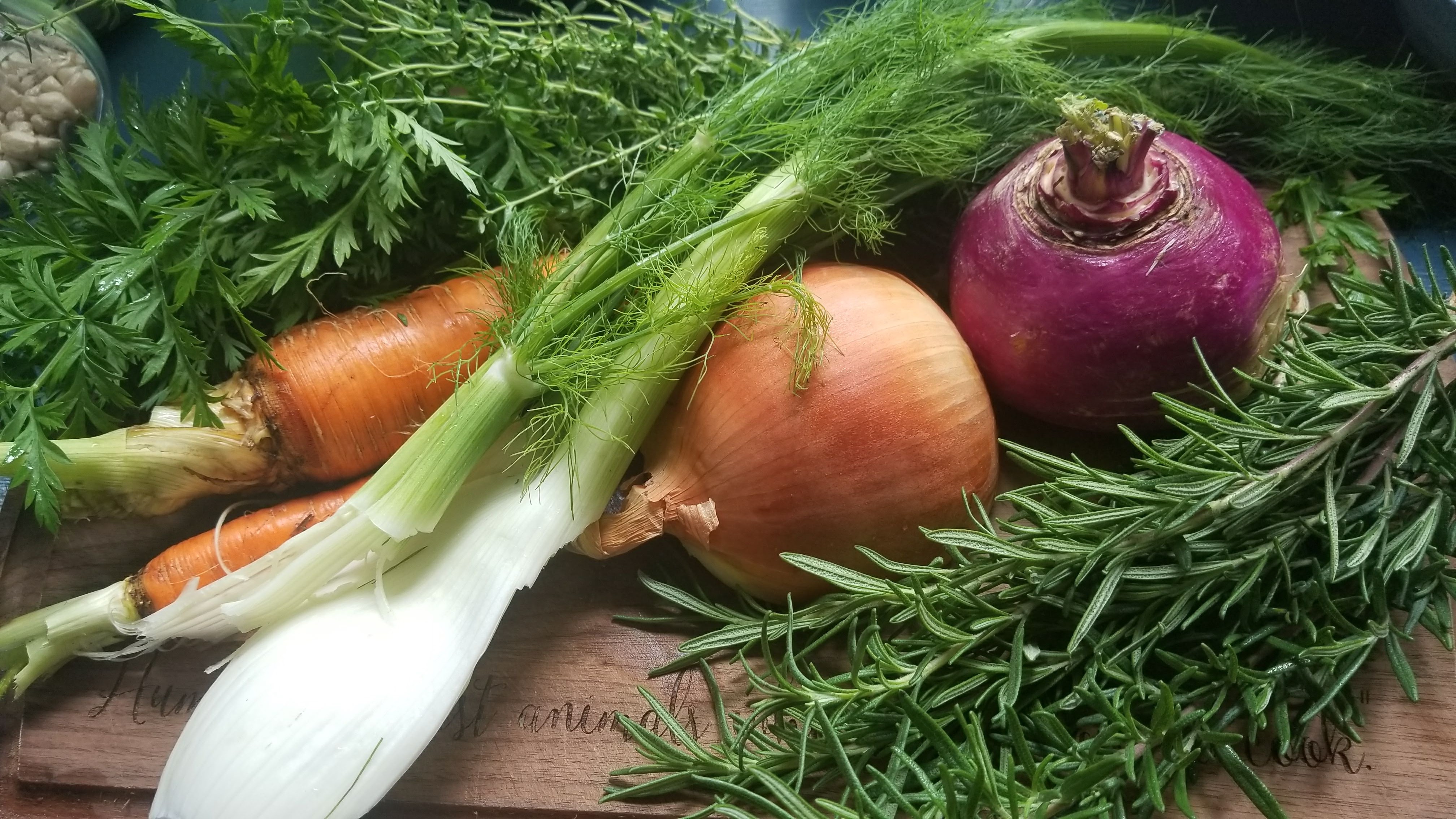When Britain industrialized in the late 1700s and the rest of the western world soon followed, humans were transformed to a degree not seen for 10,000 years when we first settled into farming life.
But it wasn’t some simple flick of the switch, where some entrepreneurs decided to build some factories and invent the modern world. Massive changes to food and agriculture had to happen first. As we’ve come to expect by now, history follows food, in one last grand finale to this season of the podcast. Come listen how!
(Also stick around at the end of the episode for a note about the show and next season)
AVAILABLE ON ITUNES, SPOTIFY, and GOOGLE PLAY.
Please leave a review to help spread the word!
Music from this Episode: The Best of Beethoven
BIBLIOGRAPHY
Ken Albala – A Cultural and Culinary History of Food
Spartcus Educational – Factory Food
Wisconsin Public Radio – How the Industrial Revolution Gave us Lunch as We Know it
Special thanks to the show’s patrons:
JAKE PENZELL
BENAY O’CONNELL
LILI
RASMUS
DUNCAN MCHALE
REBEKA DAVIDSON
HALEY LEWIS
DECEMBRIANA
ANNE URBANCIC
KAYKE J
RYAN GERRY
RYAN DE BOER


